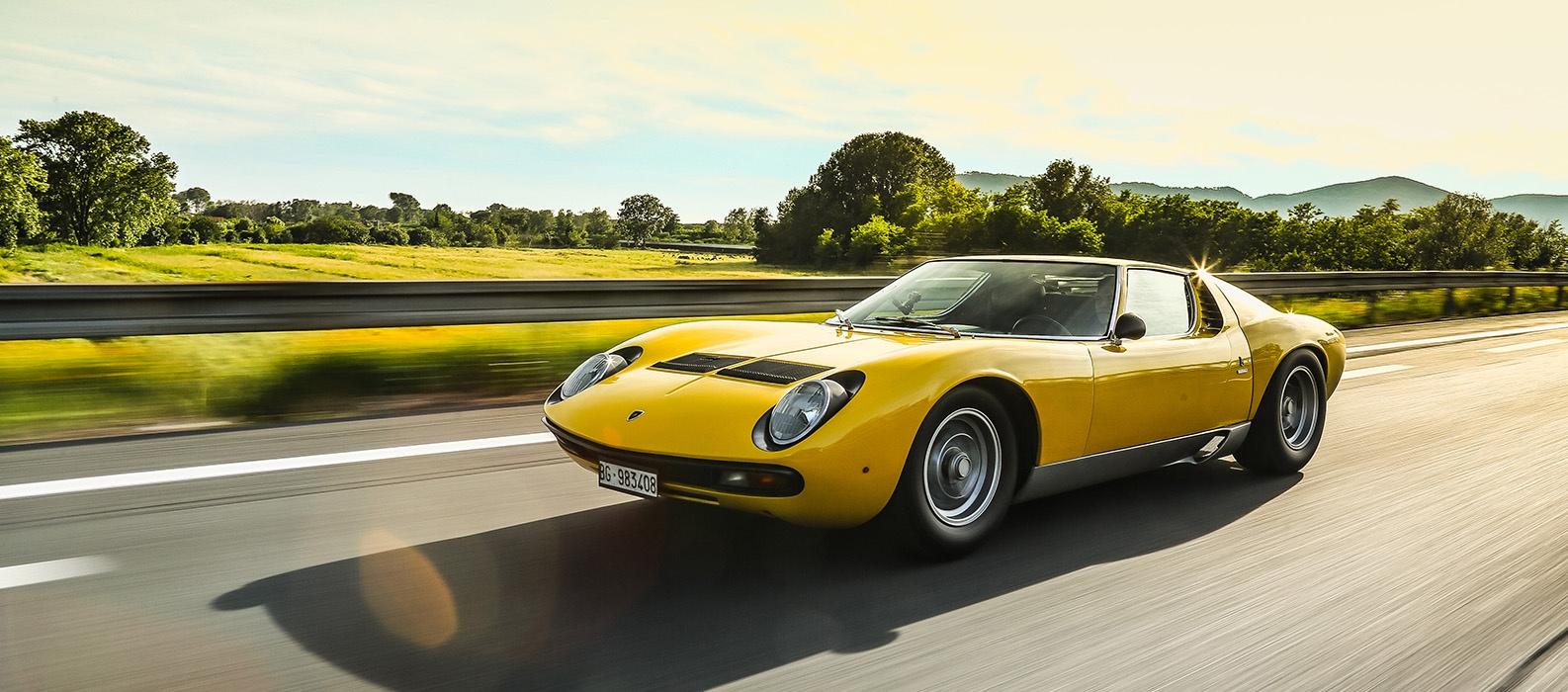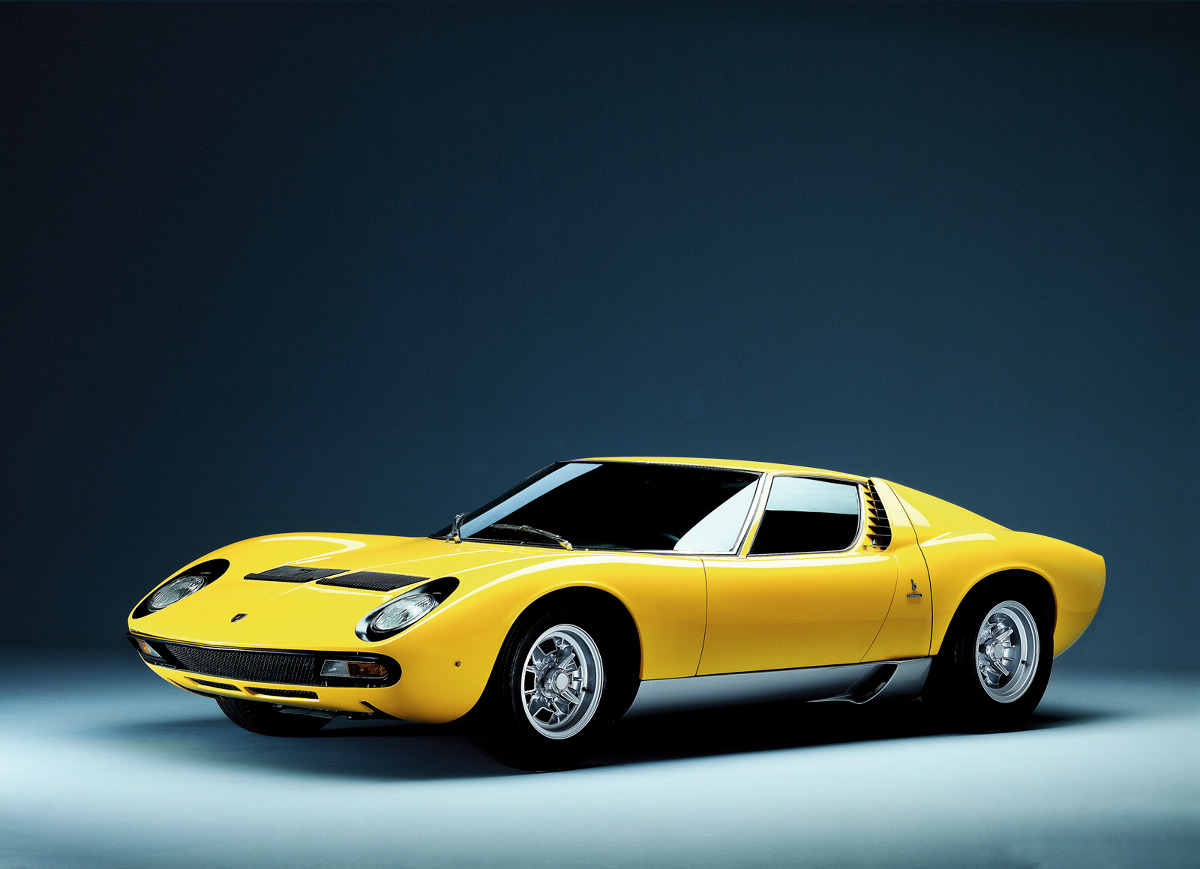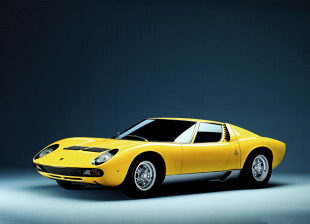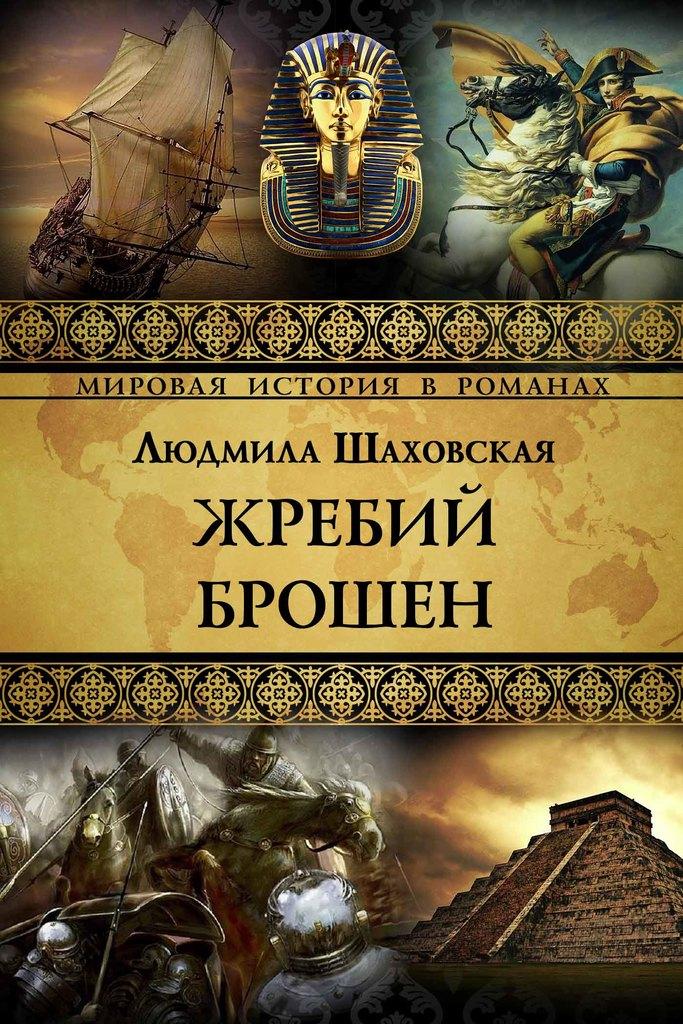
Lamborghini Miura
 In 1965, she appeared naked in Turin and discovered a temperamental inner world. A couple of enthusiasts wanted to take her home. Wrapped in a body, he then performed in Geneva. No predator has ever had such long eyelashes.
In 1965, she appeared naked in Turin and discovered a temperamental inner world. A couple of enthusiasts wanted to take her home. Wrapped in a body, he then performed in Geneva. No predator has ever had such long eyelashes.
 Miura was Lamborghini's first supercar. The founder of Ferruccio saw this as marketing bait at first. Looking at the refined elegance of the Gran Turismo class cars, he underestimated the potential of the car, which "went along the assembly line."
Miura was Lamborghini's first supercar. The founder of Ferruccio saw this as marketing bait at first. Looking at the refined elegance of the Gran Turismo class cars, he underestimated the potential of the car, which "went along the assembly line."
He was opposed to Spartan cars and racing. Meanwhile, the Miura was a competitive car that was enough to drive on regular roads. How the P400 prototype was born in secret from the owner of the company. In his spare time, technical manager Gian Paolo Dallara worked on it with assistant Paolo Stanzani and test pilot and mechanic Bob Wallach.
Dallara was impressed with the Ford GT40. Hence the general design concept with the engine in front of the rear axle. The "P" in the car symbol stood for "posteriore", Italian for "rear". The number 400 indicated the power of the engine. In order to shorten the wheelbase, the V70 was placed transversely. Under it, in the sump, there is a gearbox combined with the main gear. These teams used a common oil. It was risky. If a tooth or synchronizer is chipped from the transmission into the engine, serious damage can result. The drive system, however, took up little space. In any case, the manufacturer predicted that after XNUMX thousand km, an overhaul of the engine would be required.
 The 4-litre V12 was derived from the 3,5-litre engine designed by Giotto Bizzarini for the 350 1963 GTV, Lamborghini's first car. Bizzarini created the perfect sports engine, short stroke, double overhead camshafts and a dry sump, after which ... he left the company! He realized that Lamborghini would not race, and that he was not interested in cars on roads littered with overtaking bans. Dallara adapted its engine for production models.
The 4-litre V12 was derived from the 3,5-litre engine designed by Giotto Bizzarini for the 350 1963 GTV, Lamborghini's first car. Bizzarini created the perfect sports engine, short stroke, double overhead camshafts and a dry sump, after which ... he left the company! He realized that Lamborghini would not race, and that he was not interested in cars on roads littered with overtaking bans. Dallara adapted its engine for production models.
There is a theory that really good engineering projects are beautiful too. As if virtues invisible at first glance formed a harmonious form “from the inside”. Miura confirms this. The chassis, presented in the autumn of 1965 at a motor show in Turin, screamed with all its appearance: “Forward!”. Delimited by wide, weight-saving sills, a crown of airbags on a twelve-cylinder engine, and spoke wheels featured for the first and last time in this model, the cabin space excited the imagination to such an extent that those who wanted to buy a P400, although they had no idea how it will look!
 A complete car called Miura was presented a few months later, in the spring of 1966 in Geneva. It looked a little like the GT40, but compared to the "brutal-industrial" Ford, it was a temple of applied art. None of the impressive details came out of nowhere. Each had a function to be performed. Blinds on the rear window cooled the engine. Manure slots outside the side windows fed into the intake system. Two holes in the front center let air into the radiator behind them. Under the right (when viewed from behind the wheel) was a filler neck. The controversial and famous "whips" around the headlights improved brake cooling.
A complete car called Miura was presented a few months later, in the spring of 1966 in Geneva. It looked a little like the GT40, but compared to the "brutal-industrial" Ford, it was a temple of applied art. None of the impressive details came out of nowhere. Each had a function to be performed. Blinds on the rear window cooled the engine. Manure slots outside the side windows fed into the intake system. Two holes in the front center let air into the radiator behind them. Under the right (when viewed from behind the wheel) was a filler neck. The controversial and famous "whips" around the headlights improved brake cooling.
The headlights were from an early Fiat 850 Spider. Not everyone knows about it, but when turned on it electrically tilted to a slightly more upright position.
The semi-supporting body is made of various materials. The cabin was made of steel. The front and rear of the hull were fully open, along with the fenders, and they were made of light alloys. Access to the trunk was provided through a narrow hatch at the rear. The interior was like an airplane cockpit. Under the roof is a console with light switches and an auxiliary radiator fan.
Miura was a little over a meter tall. Its low, flowing silhouette still makes a stunning impression today, and in the 60s it was also very modern. Lamborghini has that softness characteristic of the puma, which can suddenly turn into a burst of aggression.
 The project was prepared by Marcelo Gandini from the Bertone studio. Until the last moment, no one wondered if the V12 would fit under the body. The car without an engine was shown in Geneva, and a Lamborghini spokesman dissuaded journalists from wanting to look under the hood with his cunning and trick.
The project was prepared by Marcelo Gandini from the Bertone studio. Until the last moment, no one wondered if the V12 would fit under the body. The car without an engine was shown in Geneva, and a Lamborghini spokesman dissuaded journalists from wanting to look under the hood with his cunning and trick.
The premiere was a success. There were so many orders that Miura went from a "marketing tool" to a factory hit in Sant'Agata. This surprised the Italians, who began to make adjustments to the design of the car on an ongoing basis. In the latest version, they have been improved, as evidenced by the current prices for used copies. Last series: 400 SV is the most expensive.
However, the Miura 1969 S appeared first in 400. It had a more powerful engine and chrome frames around the windows and headlights. The 400 1971 SV (Sprint Veloce) was substantially modified. The engine and gearbox lubrication systems were separated. The engine has become more powerful again, and eyelashes have disappeared from the headlight cartridges, which some have greeted with genuine joy.
Single copies have strengthened the image of Miura. In 1970, Bob Wallace built a racing Miura P400 Jota. He increased engine power by increasing the compression ratio and introducing "sharp" camshafts. In addition, he equipped it with electronic ignition and an efficient dry sump lubrication system. He replaced the original fuel tank with two smaller ones located in the sills. Large spoilers and enlarged air intakes appeared on the body. After a series of tests Jota was sold to private hands. However, the new owner did not like him for long. The car burned down completely in 1971. Six imitation Jotas were built, marked SV/J. The last one after the end of Miura production.
 Some Miuras were roofless by their owners, but only one roadster built by Bertone and shown at the 1968 Brussels Motor Show is more widely known. Soon after, it was bought by the International Lead and Zinc Research Organization. She repainted it in green metallic and equipped with elements from modern metal alloys. The car was marked Zn75. In 1981 another roofless variant was introduced in Geneva, the pearl white P400 SVJ Spider. It was built by a Swiss Lamborghini dealer based on a yellow Miura S produced in Geneva 10 years earlier.
Some Miuras were roofless by their owners, but only one roadster built by Bertone and shown at the 1968 Brussels Motor Show is more widely known. Soon after, it was bought by the International Lead and Zinc Research Organization. She repainted it in green metallic and equipped with elements from modern metal alloys. The car was marked Zn75. In 1981 another roofless variant was introduced in Geneva, the pearl white P400 SVJ Spider. It was built by a Swiss Lamborghini dealer based on a yellow Miura S produced in Geneva 10 years earlier.
The last time Miura returned was in 2006 as a "nostalgic" design by Walter de Silva to celebrate the model's 40th anniversary. At the time, De Silva headed the design studio of the then Audi Group, which also included Lamborghini. No one seriously thought about resuming production, although Miura's "rough" Ford GT alter-ego, revived in 2002, had a series of just over 4. PCS.
According to most sources, the Sant'Agata plant produced 764 Miura models. This is a dubious figure, as is the performance of individual versions. The fate of the company was difficult, there was not always someone to keep meticulous records. But a little uncertainty only fuels interest. Miura beat Ferrari.
Without him, Lamborghni would never have become a manufacturer of cars that have the courage and strength to break the existing order and stun everyone who fully believes in stereotypes.
From under the bull
Ferruccio Lamborghini was interested in bullfighting, and since he was the zodiac Taurus, his car trademark was born on its own. Miura was the first to mention the founder's hobby. If you look closely at the word "Miura" attached to the back of the car, you can see the horns and curled tail.
Lamborgni was friends with Eduardo Miura, a bull breeder from Seville. Animals from the Miura family herds as far back as the XNUMXth century.  they were famous for their courage and cunning. At least two: Reventon and Islero killed famous matadors. Murcielago withstood 24 sword blows, and the excited audience forced him to spare his life. At least that's the story, often repeated in Spain. Ferruccio gave his friend the fourth Miur he produced.
they were famous for their courage and cunning. At least two: Reventon and Islero killed famous matadors. Murcielago withstood 24 sword blows, and the excited audience forced him to spare his life. At least that's the story, often repeated in Spain. Ferruccio gave his friend the fourth Miur he produced.
Wedge with wedge
Miura's silhouette is credited to Marcello Gandini. He began working at Bertone Studios in 1965 when Giorgio Giugiaro passed away. He was 27 years old.
Miura is one of his quieter projects, which is why some suspect that Giugiaro was involved in its creation. However, none of the stylists comment on these revelations. Gandini developed his original style very quickly. He loved sharp edges, wedges, and even large surfaces. It is characterized by the Studio Stratos Zero as well as the Lamborghini Countach.
Gandini created Urraco, Jarama, Espada and Diablo. With his participation, the company from Sant'Agata became the home of the automotive avant-garde. Energy and rebellion have become her calling card.
Selected technical data
Make a Model | Lamborghini Miura P400 | Lamborghini Miura P400 S | Lamborghini Miura P400 SV |
Years of production | 1966-69 | 1969-71 | 1971-72 |
Body type / number of doors | cut/2 | cut/2 | cut/2 |
number of seats | 2 | 2 | 2 |
Dimensions and weight | |||
Length / width / height (mm) | 4360/1760/1060 | 4360/1760/1060 | 4360/1760/1100 |
Wheel track: front / rear (mm) | 1420/1420 | 1420/1420 | 1420/1540 |
Wheelbase (mm) | 2500 | 2500 | 2500 |
Own weight (kg) | 980 | 1040 | 1245 |
Luggage compartment volume (l) | 140 | 140 | 140 |
Fuel tank capacity (l) | 90 | 90 | 90 |
Drive system | |||
fuel type | gasoline | gasoline | gasoline |
Capacity (cm3) | 3929 | 3929 | 3929 |
Number of cylinders | V12 | V12 | V12 |
driving axle | rear | rear | rear |
| Gearbox: type/number of gears | manual / 5 | manual / 5 | manual / 5 |
| Performance | |||
Power km per rpm Torque (Nm) at rpm | 350/7000 355/5000 | 370/7700 388/5500 | 385/7850 400/5750 |
Acceleration 0-100 km/h (sec) | 6,7 | 6 | 6 |
Speed (km / h) | 280 | 285 | 300 |
Average fuel consumption (l / 100 km) | 20 | 20 | 20 |
